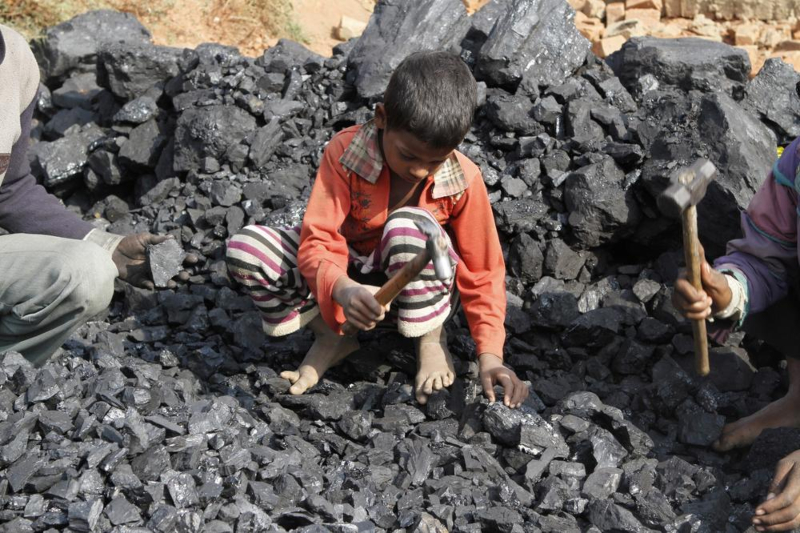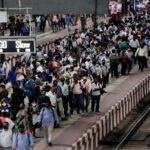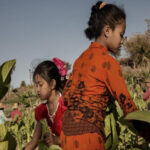
child labour
This is alarming to note that for the first time in two decades, the number of children belput to work has risen to 160 million worldwide. This is a jump of 8.4 million over four years and there are millions of others who go unreported or are at severe risk of contracting COVID-19. UN Child Labour: Global estimates 2020, trends and the road forward, published by the International Labour Organization (ILO) and UN Children’s Fund (UNICEF) turned the eyes of millions of people questioning are really progressing or just repeating the mistakes of the past over and over.
Requesting urgent attention to this sensitive matter, UNICEF Executive Director Henrietta Fore urges governments and international development bank to prioritize investments in programmes that can get children out of the workforce and back into schools. To tackle the root cause of the problem, she also called for better social protection programs. Through these programs and activities, families can make better choices and plan their families in a structured and productive way. This report becomes even more important as we mark World Day Against Child Labour on June 12. Report screams and pleads with the warning to end child labour, which has stalled for the first time in 20 years. Retracing the steps, officials recall that their cause helped to slow and downward the trend to 94 million between 2000 and 2016.
Related Posts
ILO Director-General Guy Ryder says that this is a global wake-up call to rethink our decisions and change our priorities. He further explains that they are at a pivotal moment and depends on how they respond. This is a time for renewed commitment and energy, to turn the corner and break the cycle of poverty and child labour. However, seeing the impact of the pandemic in sub-Saharan Africa, population growth, recurrent crises, extreme poverty, and inadequate social protection measures have led to an additional 16.6 million children in child labour over the past four years, according to the report. Alongside, endangering progress has been made in Asia and the Pacific, and Latin America and the Caribbean regions. Ryder brings our attention by saying that inclusive social protection allows families to keep their children in school even in the face of economic hardship. Increased investment in rural development and decent work in agriculture is essential to eradicate child labour from the grassroots.











